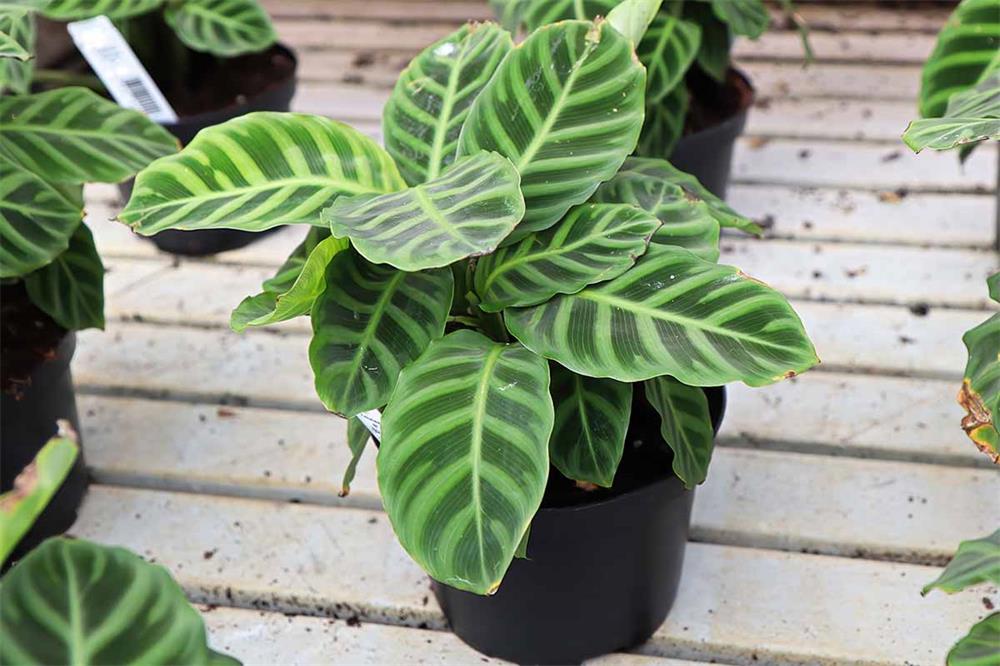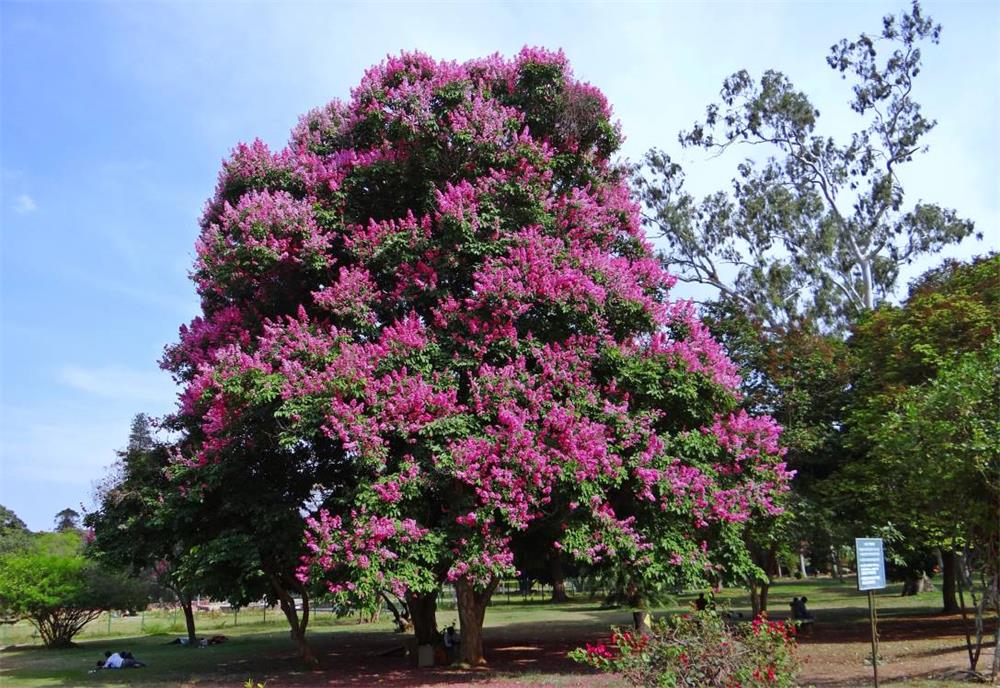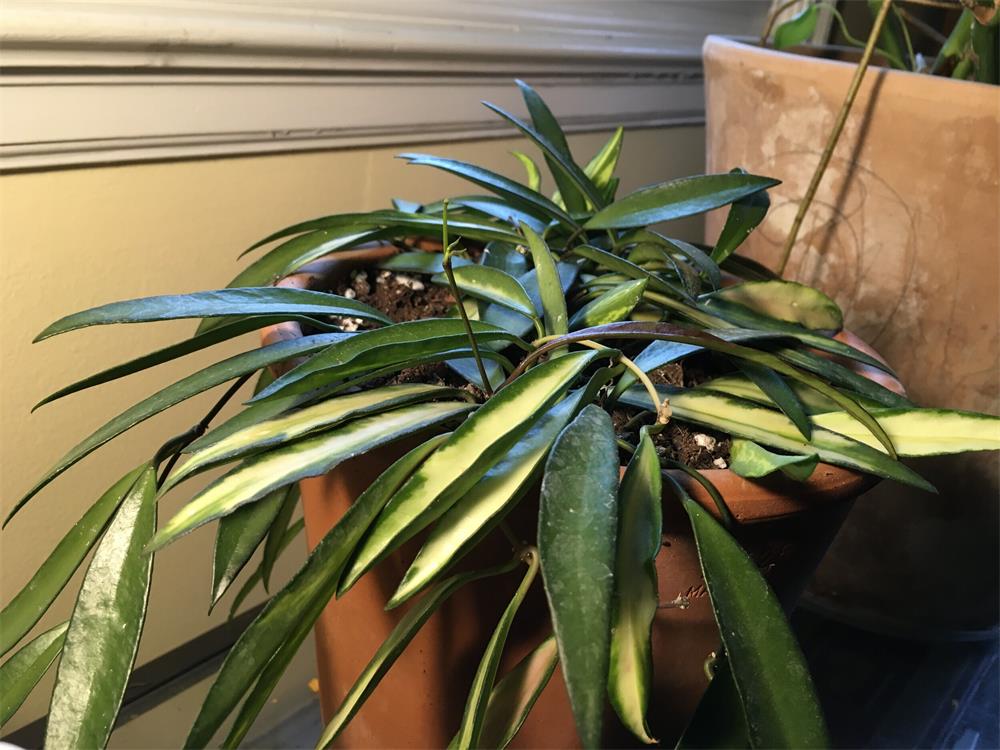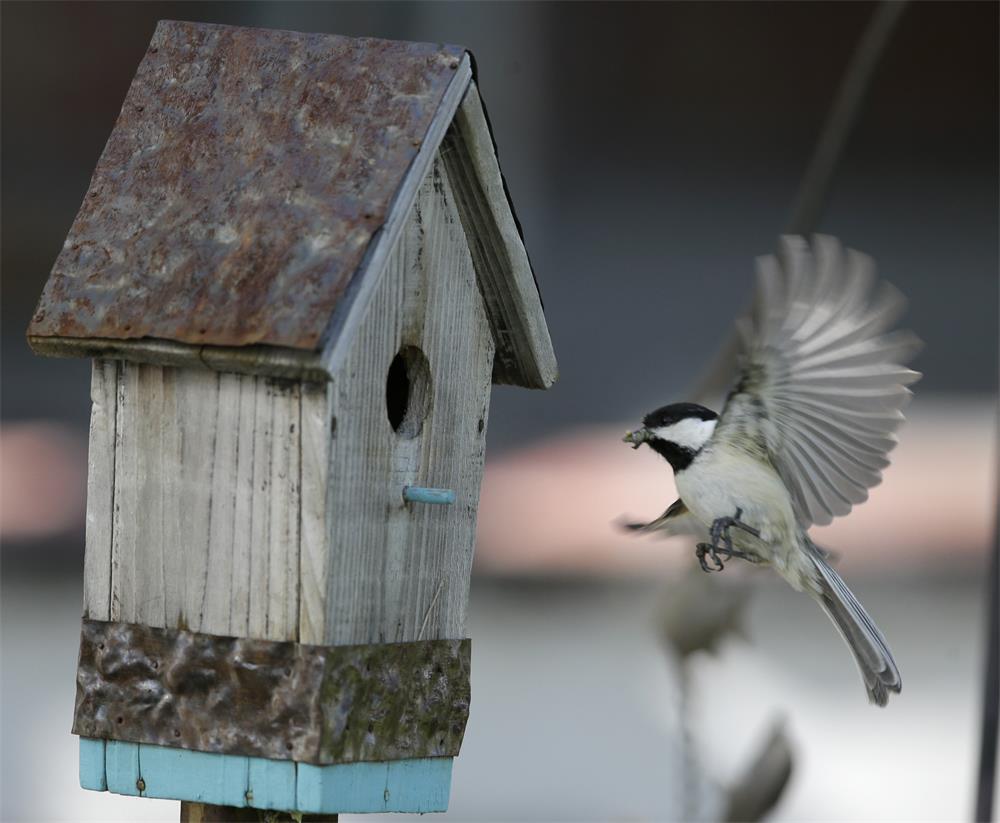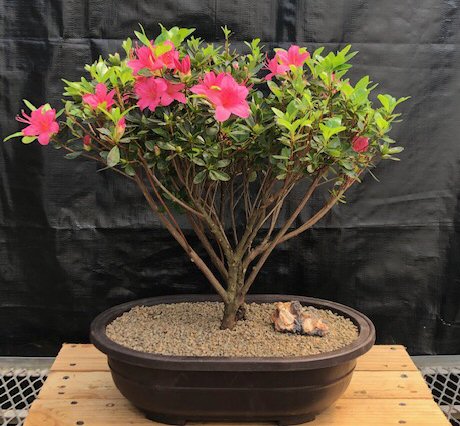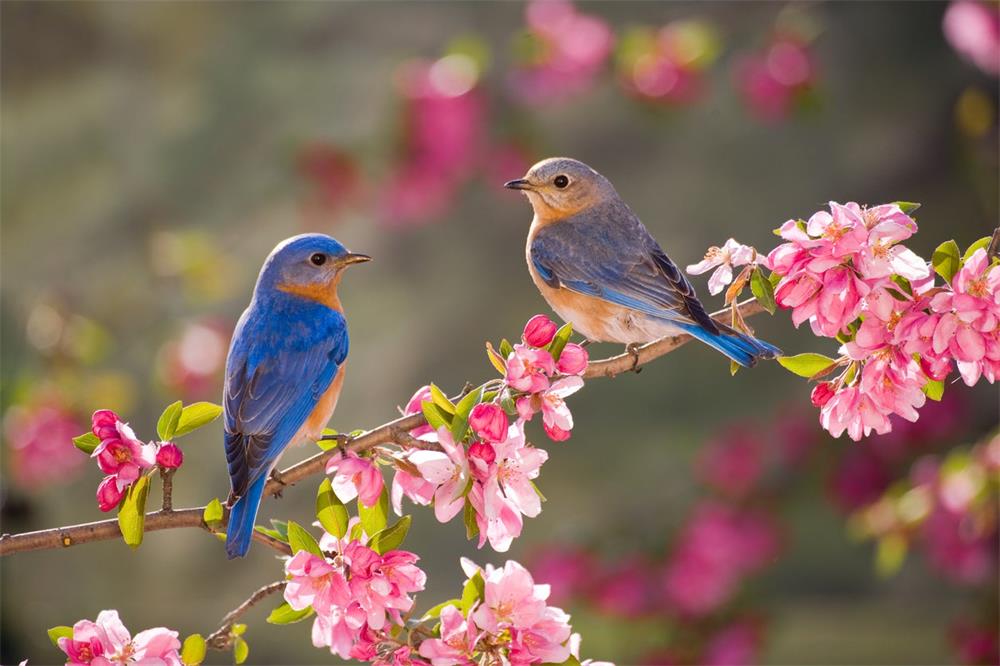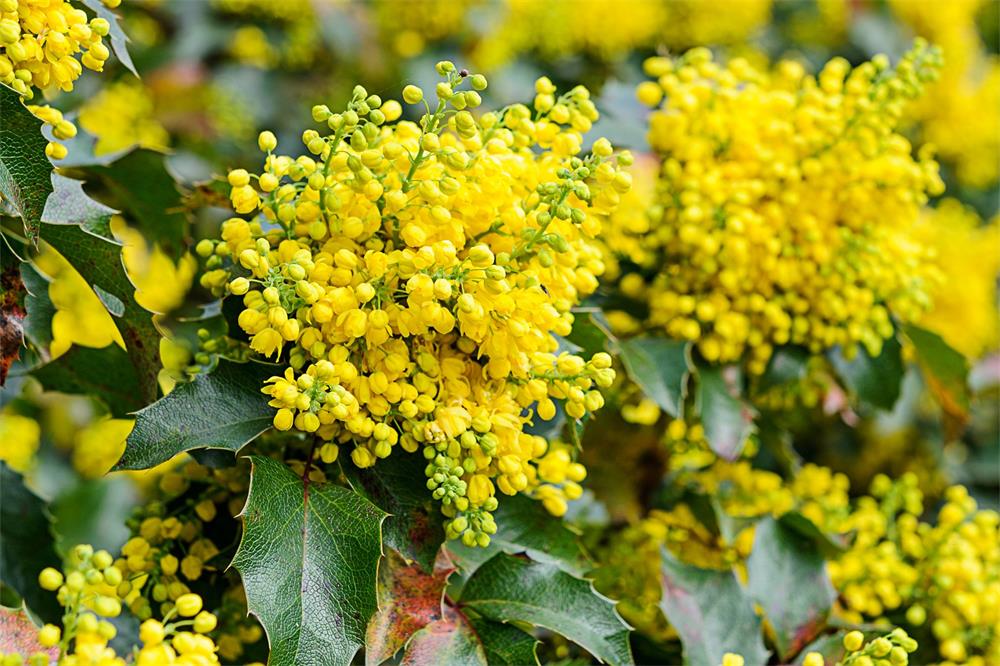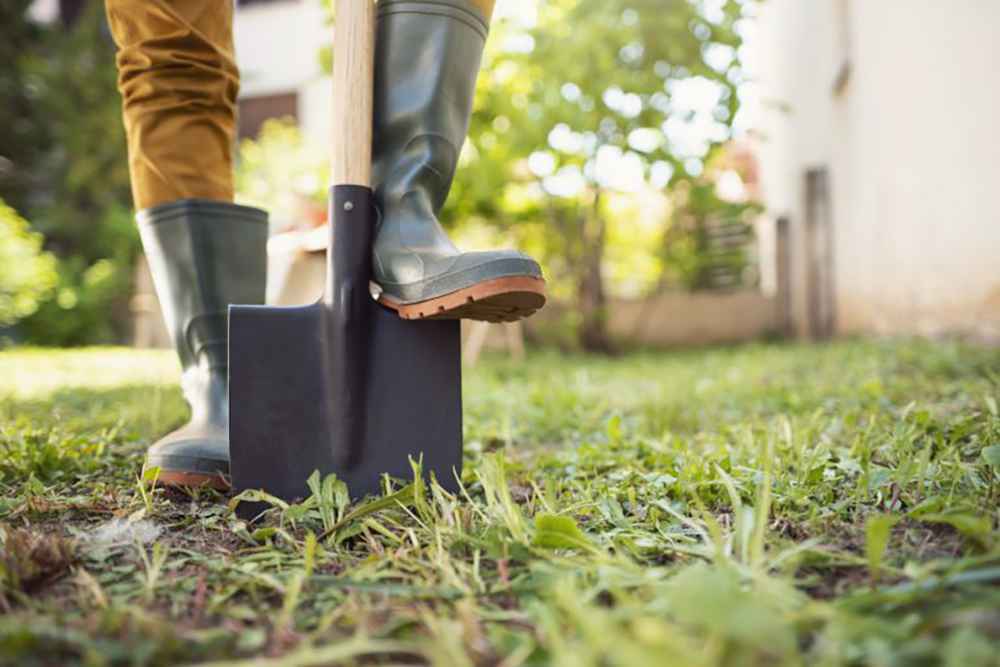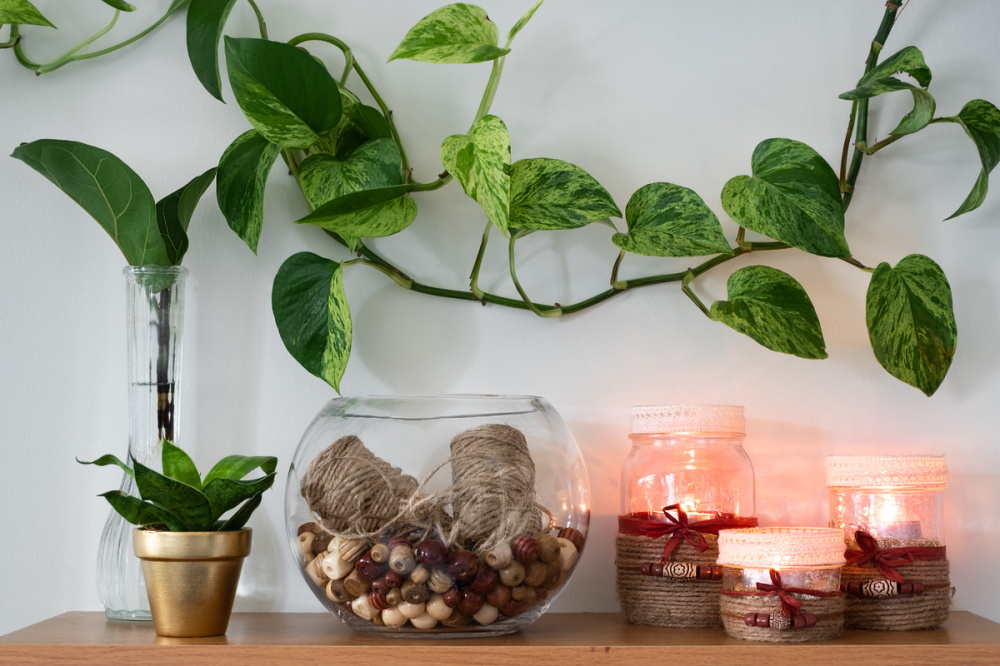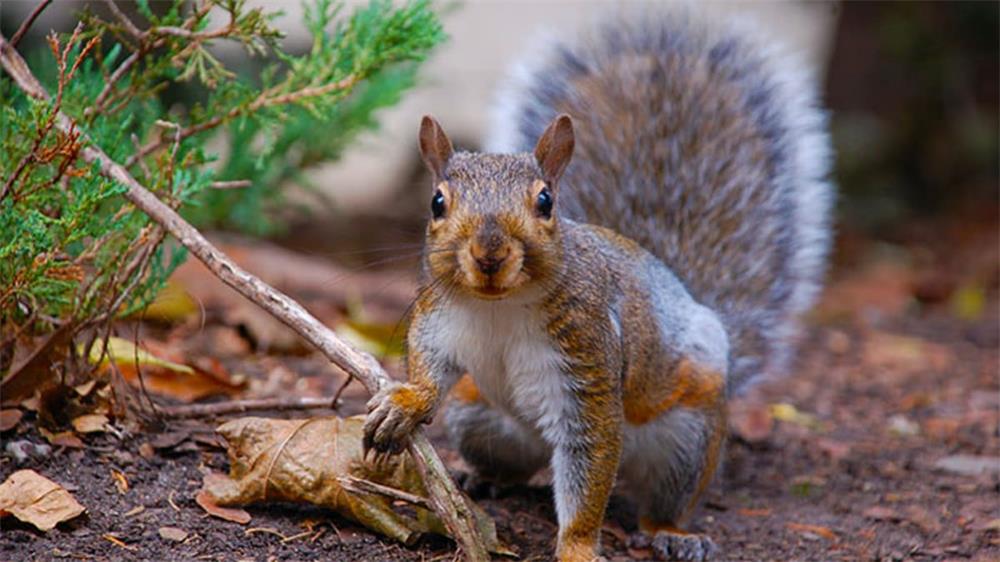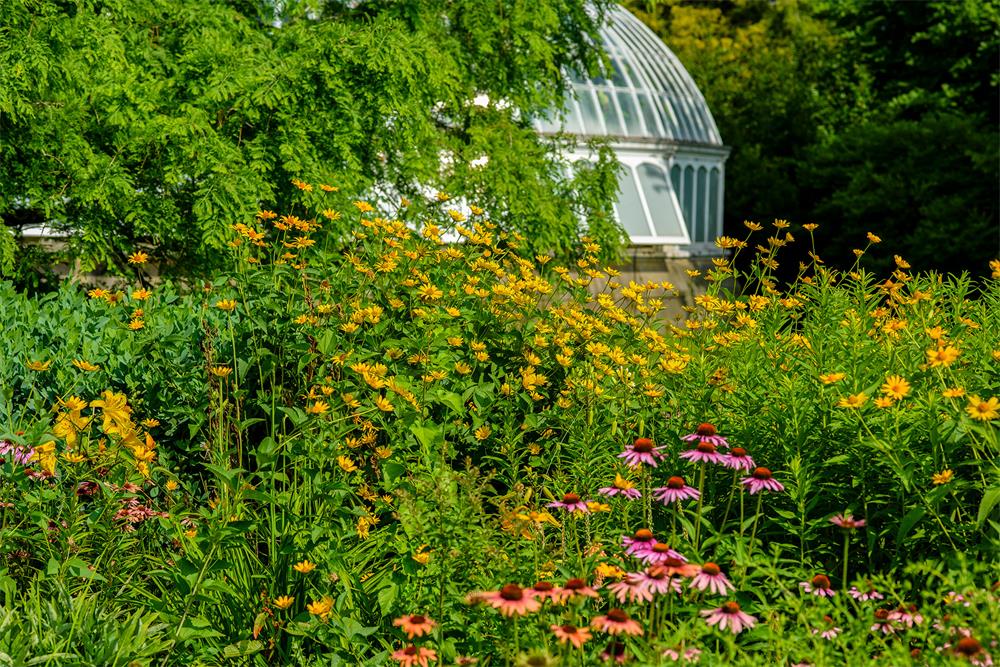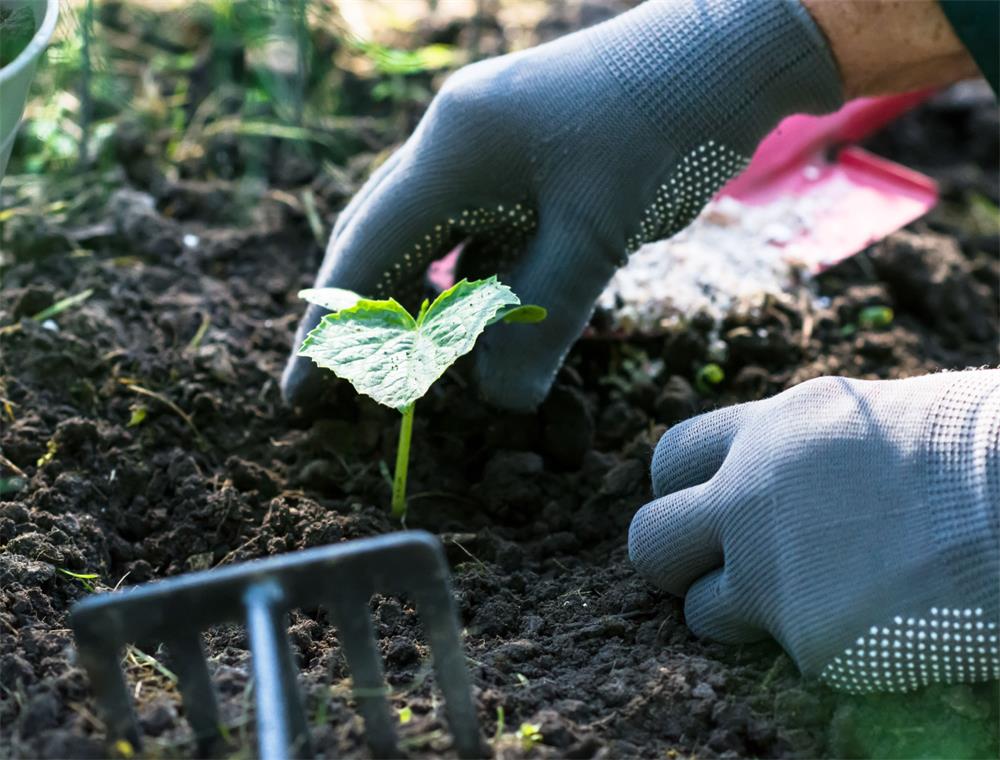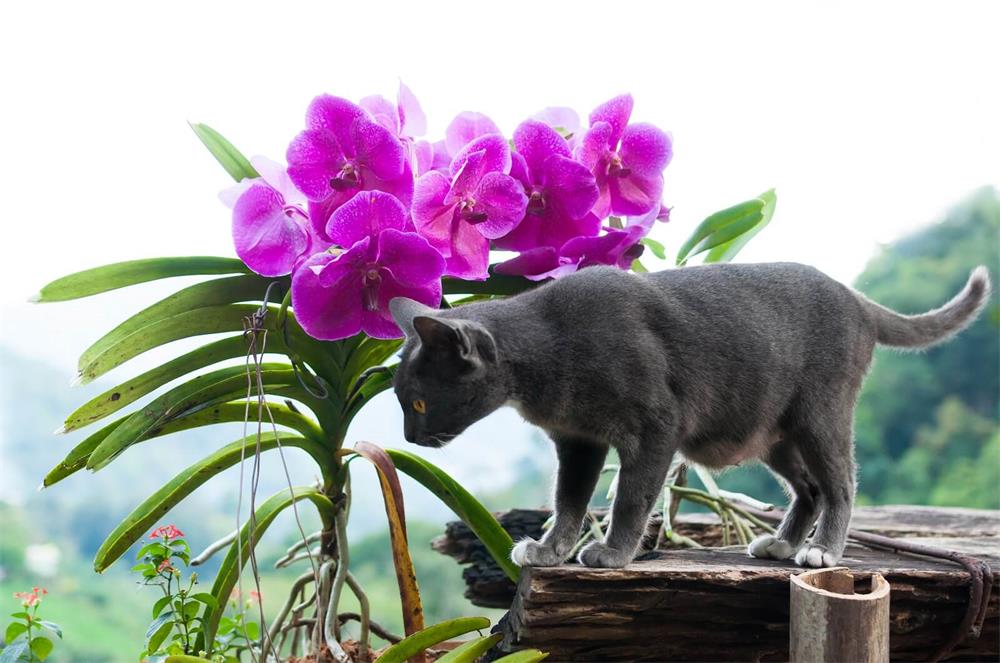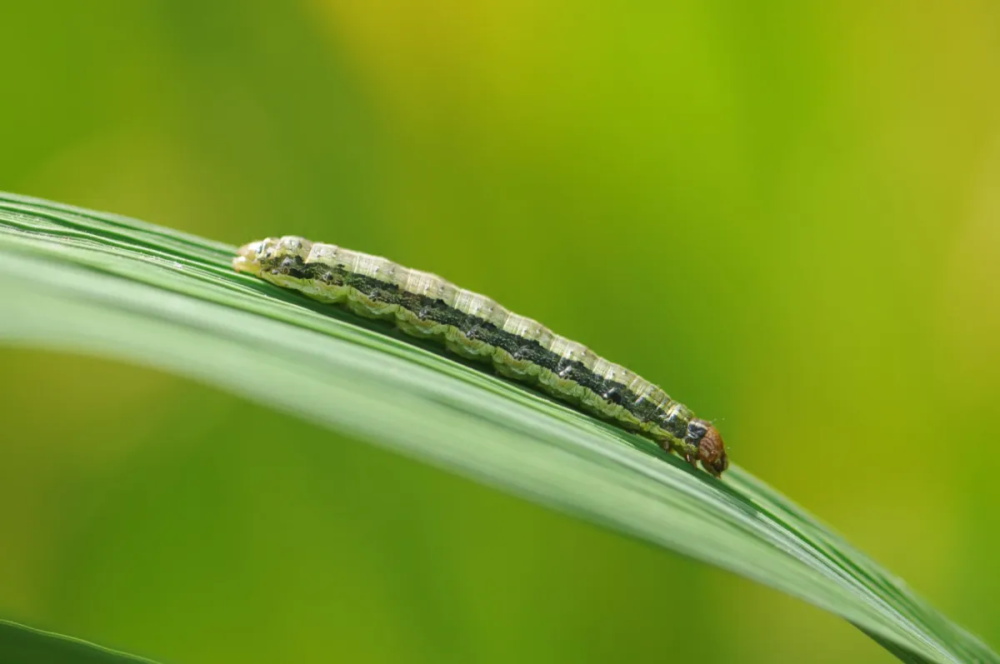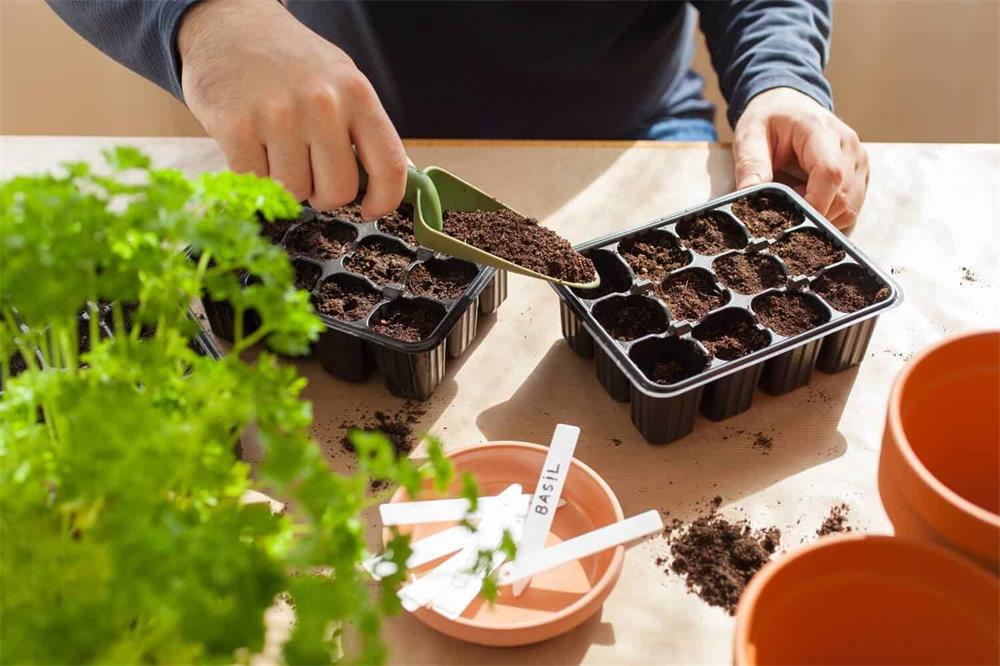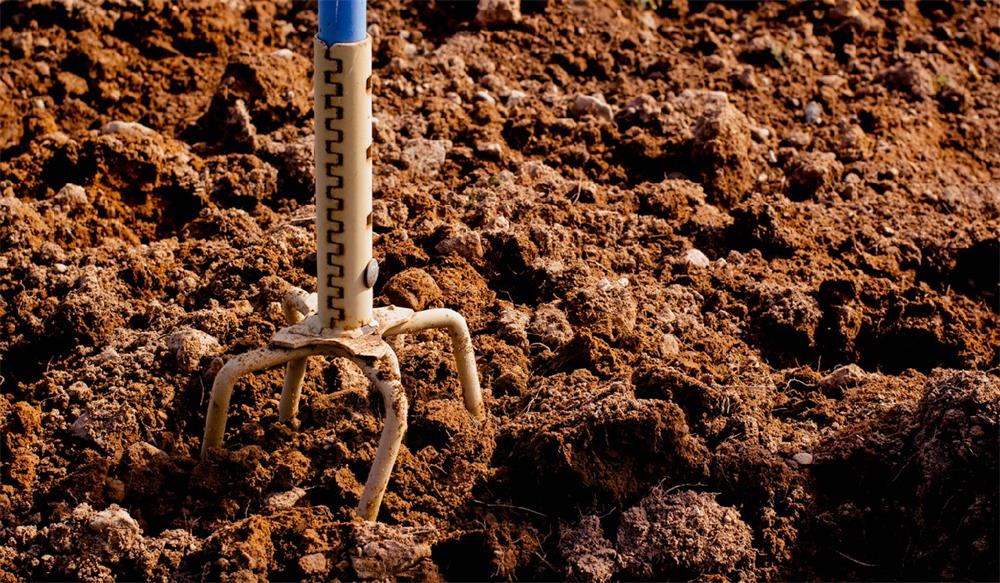
Table of Contents
If you are a gardener, you may have wondered what the difference is between soil and dirt. After all, they look similar and are both used to grow plants. However, there is a significant difference between the two, and knowing it can help you improve your gardening skills and results.
Soil vs. Dirt
The main difference between soil and dirt is that soil is alive while dirt is dead. Soil contains naturally inherent nutrients and minerals that promote life, making it an ideal planting medium. Dirt lacks the minerals, nutrients, and biological organisms that can be found in soil.
Soil is composed of four main components: mineral particles (clay, sand, and silt), organic matter (decaying plant and animal residues), water, and air. These components interact with each other and with living organisms (such as bacteria, fungi, worms, insects, etc.) to form a complex and dynamic system that supports plant growth.
Dirt, on the other hand, is essentially soil that has lost its life-giving properties. Dirt is usually the result of human activities that disturb or degrade the natural soil structure, such as erosion, compaction, pollution, or removal of organic matter. Dirt may still contain some mineral particles, but it has little or no organic matter, water, air, or microorganisms.
Why Soil Matters
Soil is not just a medium for growing plants; it is also a vital resource for sustaining life on Earth. Soil performs many important functions, such as:
- Recycling nutrients and organic matter
- Filtering and storing water
- Regulating climate and greenhouse gases
- Providing habitat and food for biodiversity
- Supporting human health and well-being
Soil quality is influenced by many factors, such as climate, topography, parent material, vegetation, time, and human management. Different types of soil have different characteristics and properties that affect their suitability for various uses and crops.
One way to classify soil types is based on their texture, which refers to the relative proportions of clay, sand, and silt particles. The following table shows some common soil textures and their advantages and disadvantages for gardening:
| Soil Texture | Advantages | Disadvantages |
|---|---|---|
| Clay | High water and nutrient retention | Poor drainage and aeration; heavy and sticky when wet; hard and compact when dry |
| Sand | Good drainage and aeration; easy to work with | Low water and nutrient retention; prone to erosion |
| Silt | Moderate water and nutrient retention; smooth and silky texture | Poor drainage and aeration; easily compacted |
| Loam | Balanced proportions of clay, sand, and silt; ideal for most plants | May vary in quality depending on the source |
Another way to classify soil types is based on their pH level, which measures how acidic or alkaline they are. The pH scale ranges from 0 to 14, with 7 being neutral. Most plants prefer slightly acidic soil (pH 6 to 7), but some may tolerate or require more acidic or alkaline conditions.
You can test your soil’s pH level using a simple kit or meter available at garden centers or online. If your soil is too acidic or alkaline for your plants’ needs, you can amend it by adding lime (to raise pH) or sulfur (to lower pH).
How to Improve Your Soil
Whether you have soil or dirt in your garden, you can always improve its quality by adding organic matter. Organic matter refers to any material that comes from living organisms, such as compost, manure, leaves, grass clippings, straw, wood chips, etc.
Organic matter benefits your soil in many ways:
- It increases water retention and infiltration
- It improves soil structure and aggregation
- It enhances nutrient availability and cycling
- It stimulates microbial activity and diversity
- It suppresses weeds and diseases
- It enriches the color and smell of your soil
The best way to add organic matter to your soil is by applying a layer of mulch on top of it. Mulch is any material that covers the soil surface to protect it from evaporation, erosion, temperature extremes, etc. Mulch can be organic (such as straw, leaves, wood chips, etc.) or inorganic (such as gravel, plastic, etc.), but organic mulch has the added benefit of decomposing over time and adding more organic matter to your soil.
You can also improve your soil by practicing good gardening habits, such as:
- Avoiding tilling or digging your soil too often or too deeply
- Avoiding walking or driving on your soil when it is wet or frozen
- Avoiding overwatering or underwatering your plants
- Avoiding overfertilizing or under-fertilizing your plants
- Choosing plants that are suitable for your soil type and climate
- Rotating your crops or planting different types of plants in the same area
- Incorporating cover crops or green manures into your soil
- Attracting beneficial insects and animals to your garden
Soil vs. Potting Soil vs. Potting Mix
If you are growing plants in containers, you may wonder what kind of medium to use. You may have seen products labeled as soil, potting soil, or potting mix at garden centers or online. Are they the same thing? And which one is best for your plants?
The answer is that they are not the same thing, and they have different purposes and characteristics. Here is a brief overview of each one:
- Soil is the natural medium that covers the Earth’s surface and supports plant growth. It is composed of mineral particles, organic matter, water, air, and living organisms. Soil is not recommended for container gardening because it is too heavy, dense, and compacted, which can restrict drainage, aeration, and root development. Soil can also contain weed seeds, pests, diseases, and contaminants that can harm your plants.
- Potting soil is a manufactured product that is designed to mimic the properties of natural soil. It is composed of various ingredients, such as peat moss, perlite, vermiculite, compost, sand, etc. Potting soil is lighter, looser, and more porous than soil, which allows better drainage, aeration, and root growth. Potting soil can also contain fertilizers, wetting agents, pH adjusters, etc. to enhance plant nutrition and performance. Potting soil is suitable for container gardening, but it may vary in quality and consistency depending on the brand and source.
- Potting mix is a manufactured product that is designed to provide optimal conditions for plant growth in containers. It is composed of various ingredients, such as peat moss, perlite, vermiculite, coir, bark, etc. Potting mix does not contain any soil or mineral particles, which makes it very light, fluffy, and sterile. Potting mix provides excellent drainage, aeration, and moisture retention for plants. Potting mix can also contain fertilizers, wetting agents, pH adjusters, etc. to enhance plant nutrition and performance. Potting mix is ideal for container gardening, especially for plants that require well-drained and acidic conditions.
The bottom line is that you should choose the medium that best suits your plants’ needs and preferences. You can also customize your own medium by mixing different ingredients according to your desired texture, pH level, nutrient content, etc.
Frequently Asked Questions
Here are some common questions and answers about soil and dirt:
- Q: How can I tell if I have soil or dirt in my garden?
- A: One way to tell is by doing a simple squeeze test. Take a handful of your medium and squeeze it in your palm. If it forms a ball that holds its shape when you open your hand, you have clay soil. If it forms a ball that crumbles when you poke it with your finger, you have loam soil. If it forms a ball that falls apart when you open your hand, you have sandy soil. If it does not form a ball at all and just falls through your fingers, you have dirt.
- Q: How much soil do I need for my garden?
- A: The amount of soil you need depends on the size and depth of your garden bed or container. You can use this formula to calculate the volume of soil you need Length x Width x Depth = Volume. For example, if you have a 4 x 8 x 1 foot raised bed, you need 4 x 8 x 1 = 32 cubic feet of soil. You can also use online calculators or tools to estimate the amount of soil you need.
- Q: How often should I add organic matter to my soil?
- A: The frequency of adding organic matter to your soil depends on several factors, such as the type and quality of your soil, the type and amount of organic matter you use, the type and a number of plants you grow, the climate and weather conditions, etc. As a general rule of thumb, you should add organic matter to your soil at least once a year, preferably in the fall or spring before planting or after harvesting. You can also add organic matter throughout the growing season as needed.
- Q: How do I store unused soil or a potting mix?
- A: You should store unused soil or potting mix in a cool, dry, dark, and well-ventilated place. You should also seal the bags or containers tightly to prevent moisture, insects, rodents, or mold from getting in. You should check the expiration date or shelf life of the products and use them within that period. You should also fluff up the medium before using it to restore its texture and porosity.
Conclusion
Soil and dirt are not the same things, and knowing the difference can help you improve your gardening skills and results. Soil is a living and dynamic system that supports plant growth, while dirt is a lifeless and degraded material that hinders plant growth. You can improve your soil by adding organic matter and practicing good gardening habits. You can also choose the right medium for your container plants, such as potting soil or potting mix. By understanding and caring for your soil, you can grow healthy and beautiful plants in your garden.



